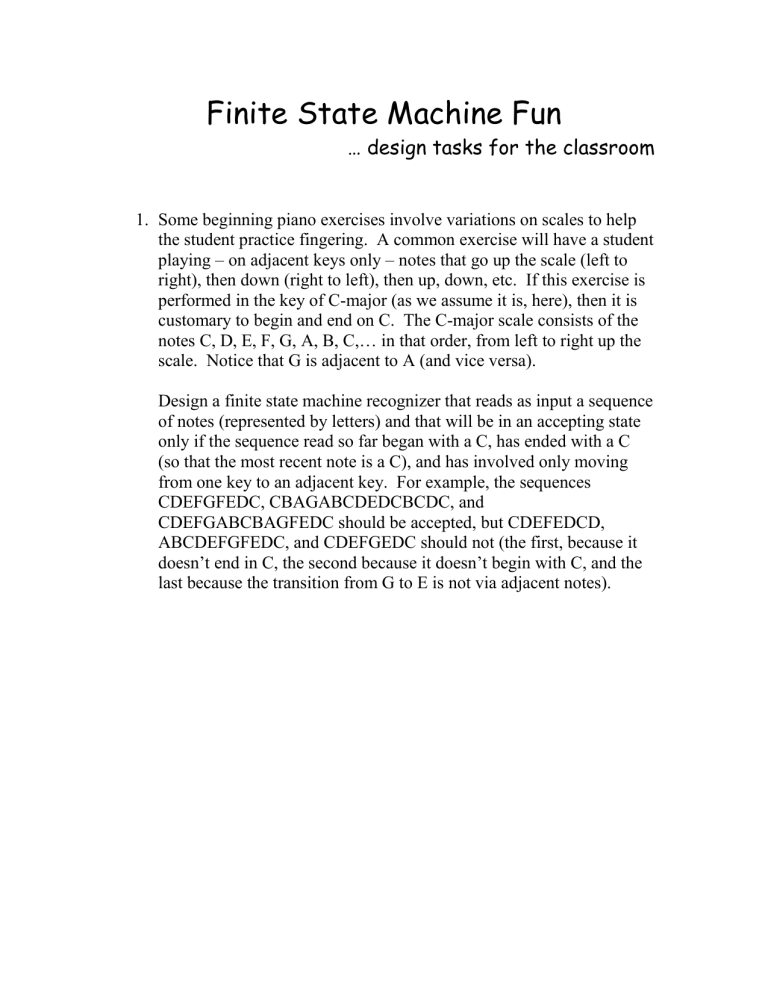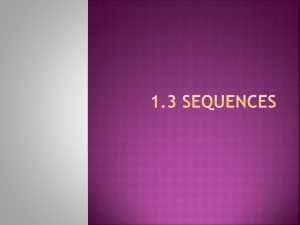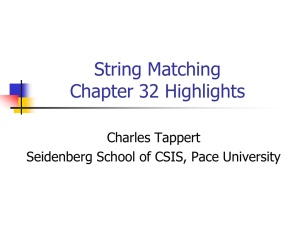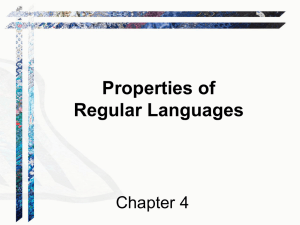FSM-design-problems

Finite State Machine Fun
… design tasks for the classroom
1.
Some beginning piano exercises involve variations on scales to help the student practice fingering. A common exercise will have a student playing – on adjacent keys only – notes that go up the scale (left to right), then down (right to left), then up, down, etc. If this exercise is performed in the key of C-major (as we assume it is, here), then it is customary to begin and end on C. The C-major scale consists of the notes C, D, E, F, G, A, B, C,… in that order, from left to right up the scale. Notice that G is adjacent to A (and vice versa).
Design a finite state machine recognizer that reads as input a sequence of notes (represented by letters) and that will be in an accepting state only if the sequence read so far began with a C, has ended with a C
(so that the most recent note is a C), and has involved only moving from one key to an adjacent key. For example, the sequences
CDEFGFEDC, CBAGABCDEDCBCDC, and
CDEFGABCBAGFEDC should be accepted, but CDEFEDCD,
ABCDEFGFEDC, and CDEFGEDC should not (the first, because it doesn’t end in C, the second because it doesn’t begin with C, and the last because the transition from G to E is not via adjacent notes).
2.
Draw a finite state machine that models the behavior of a typical 3way (light) switch. This switch controls a single fixture from 2 different locations – for example, the kitchen and hallway.
3.
Construct a finite-state machine that models a newspaper vending machine which has a door that can be opened only after at least 30 cents (by some combination of nickels, dimes, and quarters) have been inserted. Once the door can be opened, the customer opens it and takes a paper, closing the door. No change is ever returned no matter how much extra money has been inserted. The next customer starts with no credit.
4.
An important element in many electronic devices is a unit-delay machine . This device takes the input string, delays it a specified unit of time, and then sends it as output. Construct a finite state machine that delays an input string by one unit of time. Assume that the input string uses only the characters F, U, and N, and that the first output is an X. For example, if the input string is UNFUN, then the output string should be XUNFUN.











